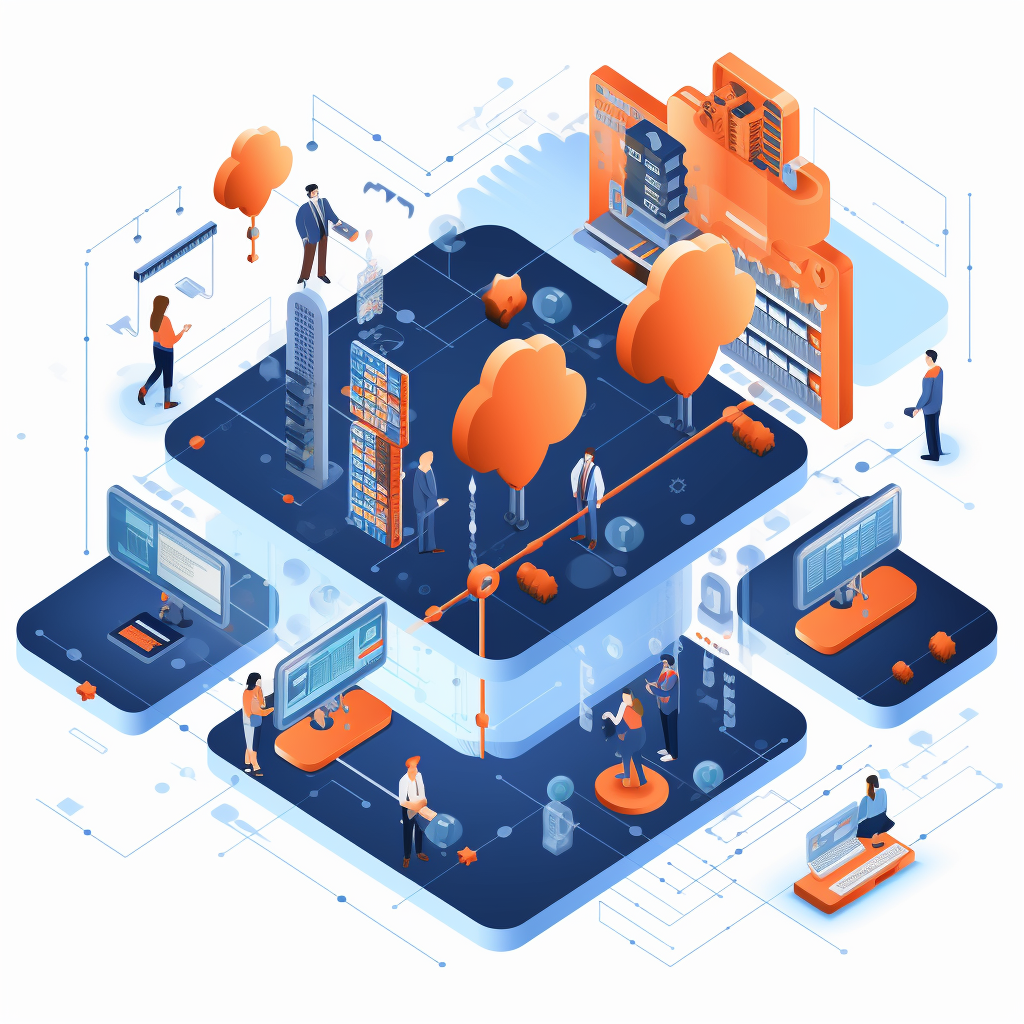4 Ways MSPs Streamline Operations for Engineering and Architectural Firms

Leveraging Managed Service Providers (MSPs) is critical to optimizing workflow for engineering and architectural firms, enhancing operational efficiency and strategic growth. Imagine a seamless integration of technology that will streamline operations and improve collaboration and communication among team members. With MSPs specializing in tailoring IT solutions to meet the unique demands of these industries, the […]
Eco-Friendly E-Waste Solutions: Benefits of MSP Partnerships

https://youtu.be/VC5J_9LayXw When it comes to responsibly managing e-waste, partnering with an MSP such as Wheelhouse IT is a strategic move worth considering. By tapping into their specialized knowledge and resources, you can navigate the complexities of e-waste disposal with ease. From tailored recycling programs to expert advice on sustainable practices, an MSP collaboration offers a […]
Elevating Law Firm Security and Efficiency with MSP Partnerships

When safeguarding your law firm’s operations and protecting data, partnering with an MSP is essential. MSPs offer expertise in cybersecurity and efficiency optimization, providing tailored defenses. How do MSPs keep your firm ahead of threats and compliant in a digital world? Through proactive monitoring, robust data encryption, and airtight compliance protocols. These measures not only […]
4 Ways Managed Services is a Game Changer for Real Estate Agencies

Imagine your real estate agency as a high-performance sports car navigating through a complex urban landscape. Just like how a skilled driver relies on a GPS to anticipate traffic patterns and reach their destination efficiently, partnering with a Managed Service Provider (MSP) can be the strategic guidance your agency needs to navigate the competitive real […]
Healthcare Cyberattack at Ascension Leaves Facilities Scrambling

The recent cybersecurity breach at Ascension has sent shockwaves through the healthcare industry, highlighting the urgent need for robust cybersecurity measures. This incident underscores the vulnerability of clinical operations to malicious cyber threats, prompting healthcare providers to scramble to mitigate the breach’s impact and restore normalcy to patient care. As questions linger about the broader […]








